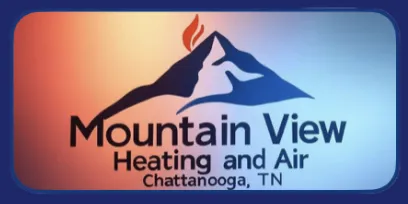
How to Read an HVAC Unit Label: A Homeowner's Guide
How to Read an HVAC Unit Label: A Homeowner's Guide
When it comes to your home's heating and cooling system, understanding the label on your HVAC unit can be incredibly helpful. Whether you're a homeowner trying to troubleshoot or just curious about what's installed outside your house, this guide will walk you through the key parts of the label with a real-world example and simple explanations.
Example HVAC Unit Label Breakdown (Model: J4HP5036E1000AA)
Here's a photo of a real unit label we'll reference throughout:

1. Model Number
Example: J4HP5036E1000AA
The model number is like the unit's name. It includes:
This number helps you or a technician order parts or check system specifications.
2. Factory Charge and Refrigerant Type
Example: 7 lbs 2 oz (3.22 kg) of R410A
This shows the amount and type of refrigerant pre-loaded at the factory. If any refrigerant is lost or added during installation or maintenance, this is the starting reference.
3. Design Pressure (Operating Limits)
These are the pressure limits your system can safely handle. Technicians use these when connecting gauges or diagnosing issues.
4. Electrical Supply Requirements
Example: 208/230V, Single Phase (1PH), 60Hz
This tells your electrician what kind of power the unit needs. Most homes in North America use single-phase power at 60 Hz.
5. Compressor and Fan Motor Ratings
RLA (Rated Load Amps) is normal running current. LRA (Locked Rotor Amps) is a high spike that happens when the compressor starts.
6. Circuit Protection
This helps your electrician size wires and breakers. Too small = fire hazard. Too big = not protected.
7. Maximum Allowable Pressure
Example: 4.4 MPa
This is the absolute limit for system pressure and must never be exceeded.
8. Outdoor Resistance Rating
Example: IPX4
This rating means the unit is protected against water splashing from any direction — a key feature for outdoor use.
9. Certifications
These logos mean the unit has been tested for safety and efficiency.
Next time you look at your HVAC unit, you'll know what all those numbers and terms mean. Understanding this label can help when talking to technicians, planning upgrades, or just managing your home more effectively.


